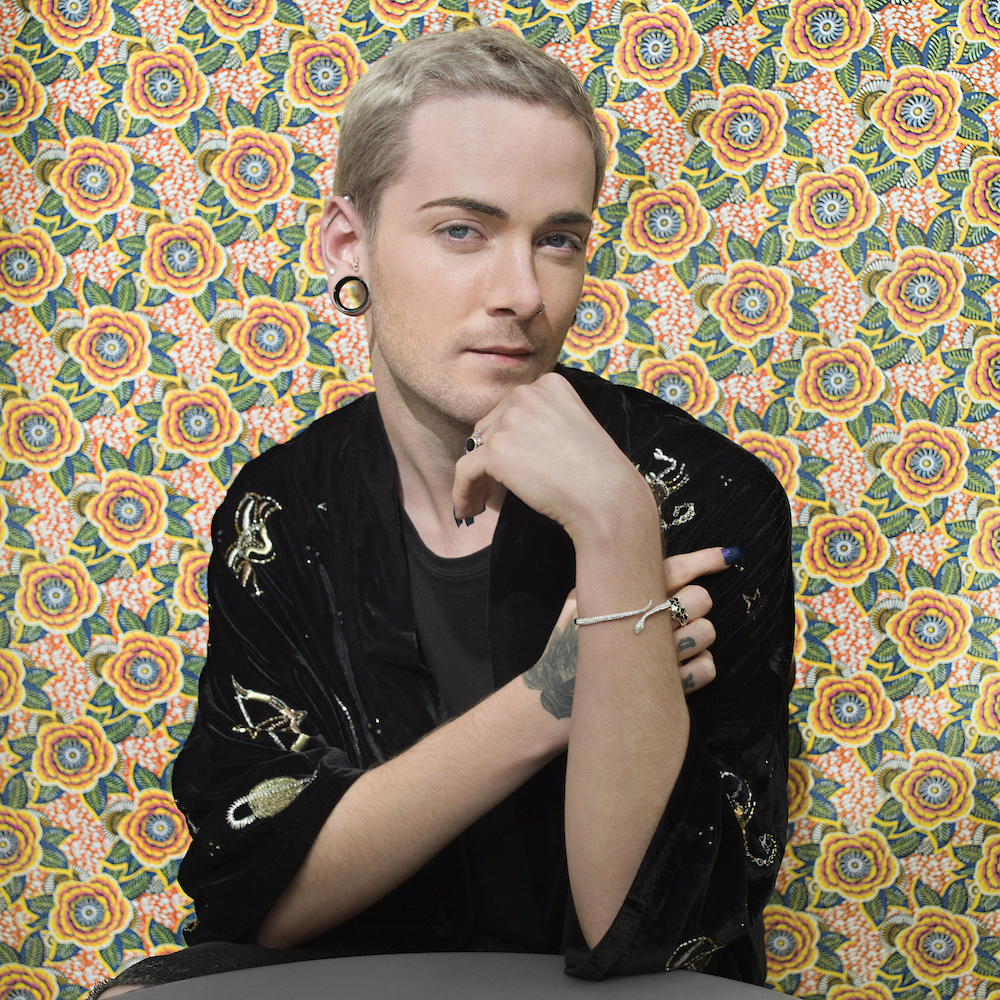Les Immémoriaux
Opening September 14, 2019 from 4 pm to 8 pm Exhibition until October 19, 2019
The exhibition brings together 5 series by Christophe Beauregard: a representative selection of his work, including his latest series Why not portraits?, as well as an unpublished series, Pinder, produced in 1993. Christophe Beauregard’s subject is the human being and what defines and animates him. Through skilfully orchestrated productions: whether in his studio, in a forest or on a staircase, the subject is dramatized. If this setting is not real, what comes out is all the more sincere. Several themes are discussed here.
It all started in 1993 with his first artistic series Pinder, in which he photographed the artists who worked in this traditional circus. Here the decor is real but he deliberately chose to extract them from the scene and photograph them outside the capital whose canvas adorns the background. These characters who are accustomed to disguise and artifice are stripped naked. It is precisely these devices that Christophe Beauregard will use later. It’s the starting point.
In 2008, he created the Technomades series which will make him internationally known, especially in the United States and Canada. Here the theme is technology and the consequences on our behavior. How much does wireless technology make us more free? « In each city Brussels, Paris, London, Luxembourg, I have anonymous users put off the technological apparatus too bright. «
In 2010, it is the theme of childhood and superheroes through the series Devils in disguise. This time it’s the impact of the cultural goods industry. Who are these super heroes who come to save the world? This collective dream does not belong only to children.
In 2014, it is thanks to his series It’s getting dark that Christophe Beauregard is exhibited at the Center Pompidou-Metz and Centquatre. People veil their faces with a fabric or clothing of their choice symbolizing the loss and change of identity. They are men and women migrating to a new language and a new relationship to the world.
Finally, Christophe Beauregard has just finished his last series, Why not portraits? Why this title? Just here Christophe Beauregard wanted to get out of the traditional codes of portraiture. In reference to Matisse, he poses a subject dressed in neutral color in front of a fabric with colorful patterns, playing on the perspectives and our usual perception. Our relationship to the image is also exacerbated by the very present and particular look of these people represented in full size. Who are they ? Men, women, anonymous, favorite subject of the artist. But not just any. I am looking for a photogeny, a feeling or a disorder, while trying to decipher the outward signs of modernity. (…) It is a rather anthropological study of self-transformations that work in silence and sculpt the behaviors of everyone. The anonymous people represented here seem in the floating time of self-research, the contours of their personality still at work. The portrait becomes sculpture. »
It shows how each, coming from a different universe, from an individual momentum, will constantly want to renew, exist, appear in a changing world. It can happen to lack perspective to really discern what is the subject. Who are these people ? Are they known? No, they are only anonymous who testify to a world in transformation, a world mutilated by new technologies (Technomades), where the Man defends himself as he can through the fantasy dream of the superhero (Devils in disguise) or by veiling the face (It’s getting dark). Like an anthropologist, Christophe Beauregard studies the transformations that take place in us (Why not portraits?) And invites us to both an aesthetic and temporal experience, a journey into the future where we could observe ourselves. This trip is similar to the one of Victor Segalen through his ethnological novel published in 1907 on the last paeans of the islands of Polynesia, the Maori: The Immemorial. Originally, what is immemorial is what goes back to a time so old that it came out of memory. Thus, thanks to Christophe Beauregard, we can probably hope not to completely disappear …
Ségolène Brossette

